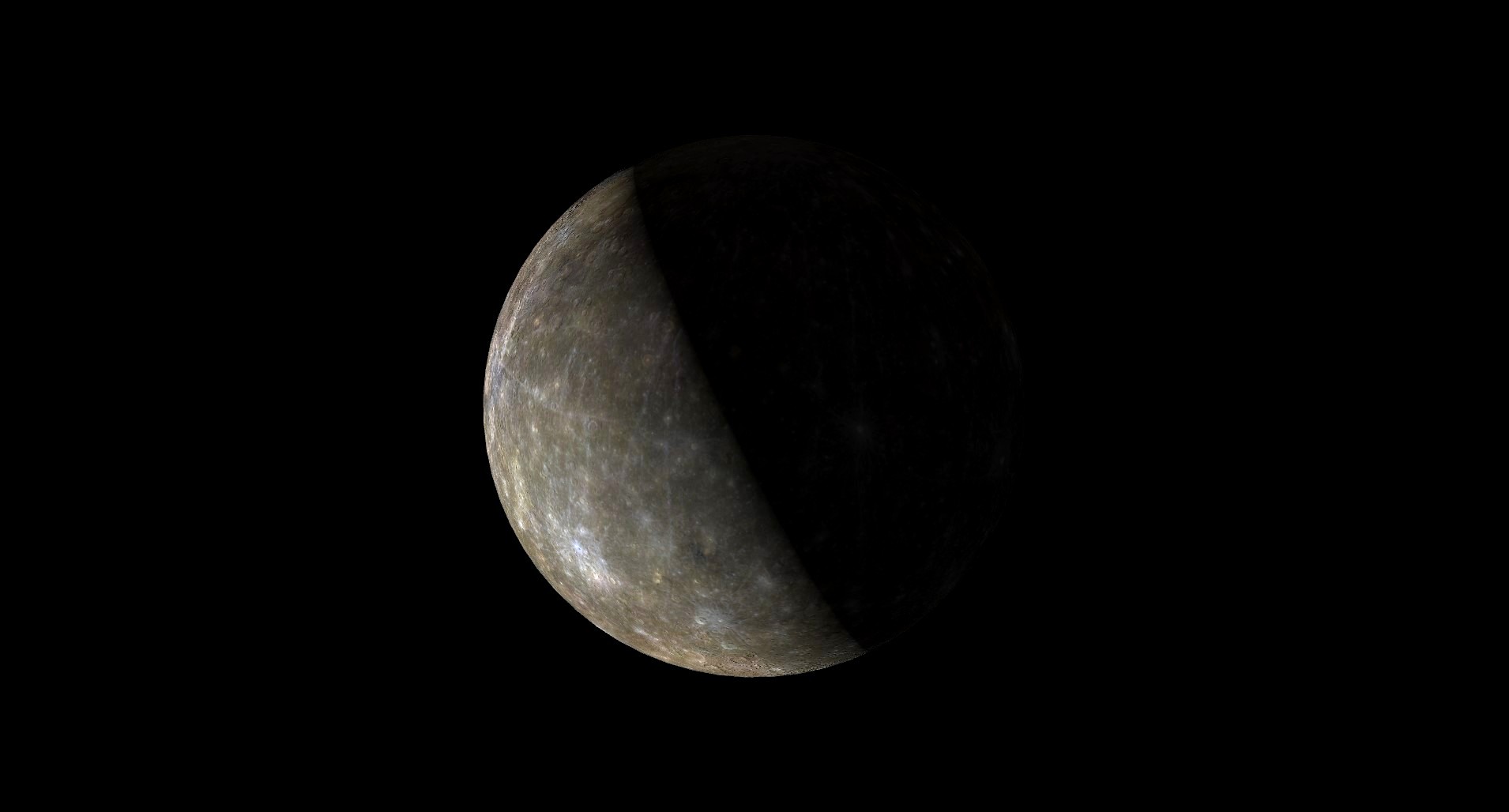The moon and Mercury meet in the bright red 'eye of the bull' early Friday morning
The two celestial bodies will come close to the red supergiant star Aldebaran, the brightest star of Taurus the bull, during the conjunction.

The moon and elusive Mercury will be close to the glowing red "eye" of The Bull, the Taurus constellation, early Friday morning (June 16).
The two celestial bodies will appear by the constellation's bright red star, Aldebaran, also known as Alpha Tauri. The moon and Mercury will also be in an arrangement astronomers call a conjunction, meaning they share the same right ascension, the celestial equivalent of longitude.
According to In the Sky, skywatchers in New York City will see the moon pass to the right of Mercury, with the pair separated by just 4 degrees in the sky during the conjunction (less than half of the width of your hand at arm's length). Both bodies will be located to the right of Aldebaran.
From New York City, the 28-day-old moon and the tiny planet will become visible in the eastern sky shortly after they rise at around 4:28 a.m. EDT (0828 GMT) and will remain observable until just before they set at around 7:06 p.m. EDT (2306 GMT). If you get up early to observe the arrangement, make sure to take precautions not to point any optics in the direction of the rising sun.
Related: Night sky, June 2023: What you can see tonight [maps]

Want to get a good look at Mercury or other planets in the night sky? We recommend the Celestron Astro Fi 102 as the top pick in our best beginner's telescope guide.
During the conjunction, both the moon and Mercury will have a right ascension of 04h30m00s. The moon will have a declination of +24°56' while the solar system's smallest planet will have a declination of +20°38'. Mercury, also the closest planet to the sun, will have a magnitude of -0.8 during the conjunction, while the moon will have a magnitude of -8.3. The minus prefix before both objects indicates a particularly bright object over Earth.
During the conjunction, the moon and Mercury will be too widely separated to be viewed together with a telescope. The conjunction will, however, be visible with binoculars or even with the naked eye.
Breaking space news, the latest updates on rocket launches, skywatching events and more!
Read more: The Native American night sky: 7 starry sights to see
Though the moon dominates the sky over Earth in comparison to Mercury, the tiny planet is actually larger than Earth's main natural satellite, but not by much! While the moon has a diameter of around 2,200 miles (3,500 kilometers), the tiny planet is approximately 3,000 miles (4,900 kilometers) wide.
Classed as a supergiant star, Aldebaran is obviously much larger than both bodies, with a diameter of around 38 million miles (61 million kilometers). This tremendous size means this star not only dwarfs both the moon and Mercury but it is also around 44 times larger than the sun.
In terms of volume, Aldebaran is a staggering 85 thousand times larger than the sun. That means while it would take around 63 million moons to fill the volume of the sun, it would take an incredible 5.4 trillion moons to fill the volume of Aldebaran!
With an estimated surface temperature of around 6,600 degrees Fahrenheit (3,600 degrees Celsius), Aldebaran is actually cooler than the sun, which has an estimated surface temperature of 10,000 degrees Fahrenheit (5500 degrees Celsius).
Despite this, the incredible surface area of Aldebaran means that it is far brighter than the sun, with a luminosity 400 times greater than that of our star. That means that even at a distance of around 65 light-years from Earth, the red supergiant is still one of the 15 brightest stars in the sky over our planet.
If you are hoping to catch a look at the conjunction between the moon and Mercury or the star Aldebaran, our guides to the best telescopes and best binoculars are a great place to start.
If you're looking to snap photos of the night sky in general, check out our guide on how to photograph the moon, as well as our best cameras for astrophotography and best lenses for astrophotography.
Editor's Note: If you snap an image of the moon and Mercury in conjunction or the star Alberan, and would like to share it with Space.com's readers, send your photo(s), comments, and your name and location to spacephotos@space.com.

Robert Lea is a science journalist in the U.K. whose articles have been published in Physics World, New Scientist, Astronomy Magazine, All About Space, Newsweek and ZME Science. He also writes about science communication for Elsevier and the European Journal of Physics. Rob holds a bachelor of science degree in physics and astronomy from the U.K.’s Open University. Follow him on Twitter @sciencef1rst.

